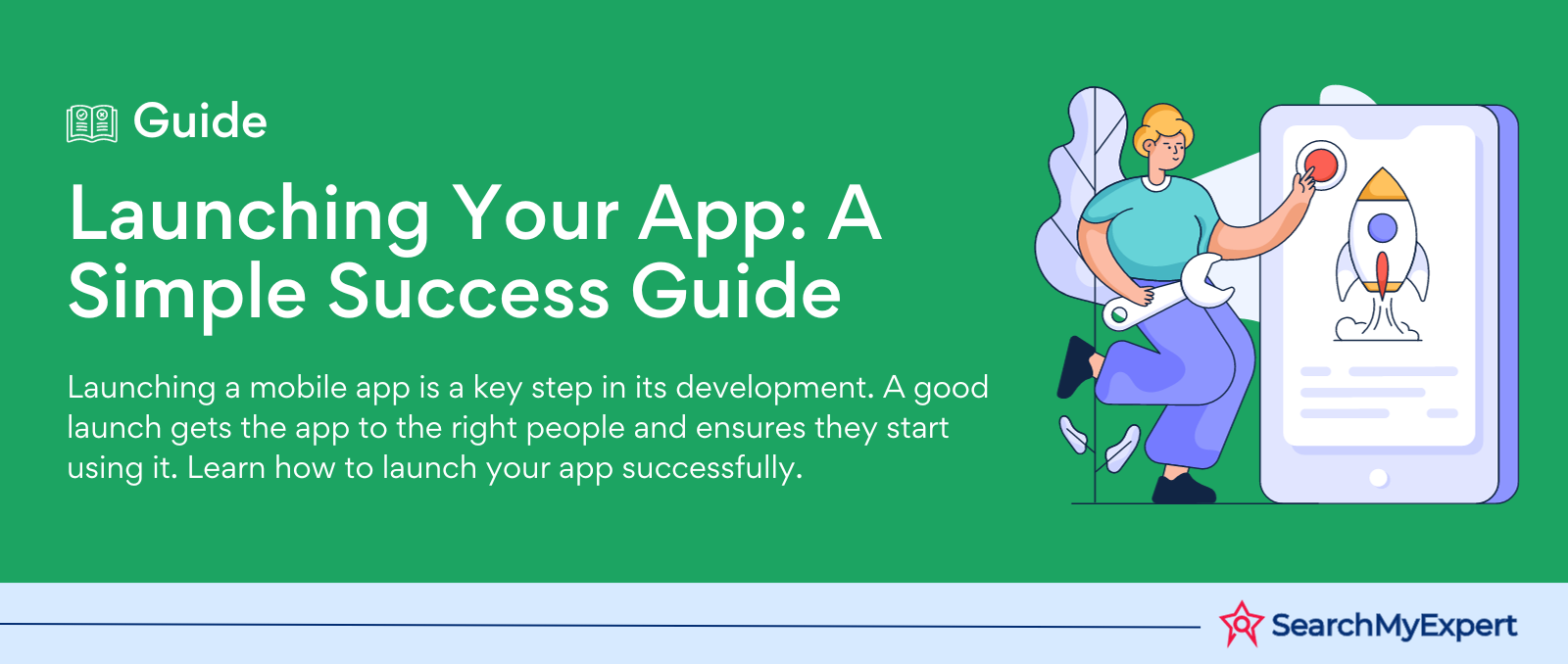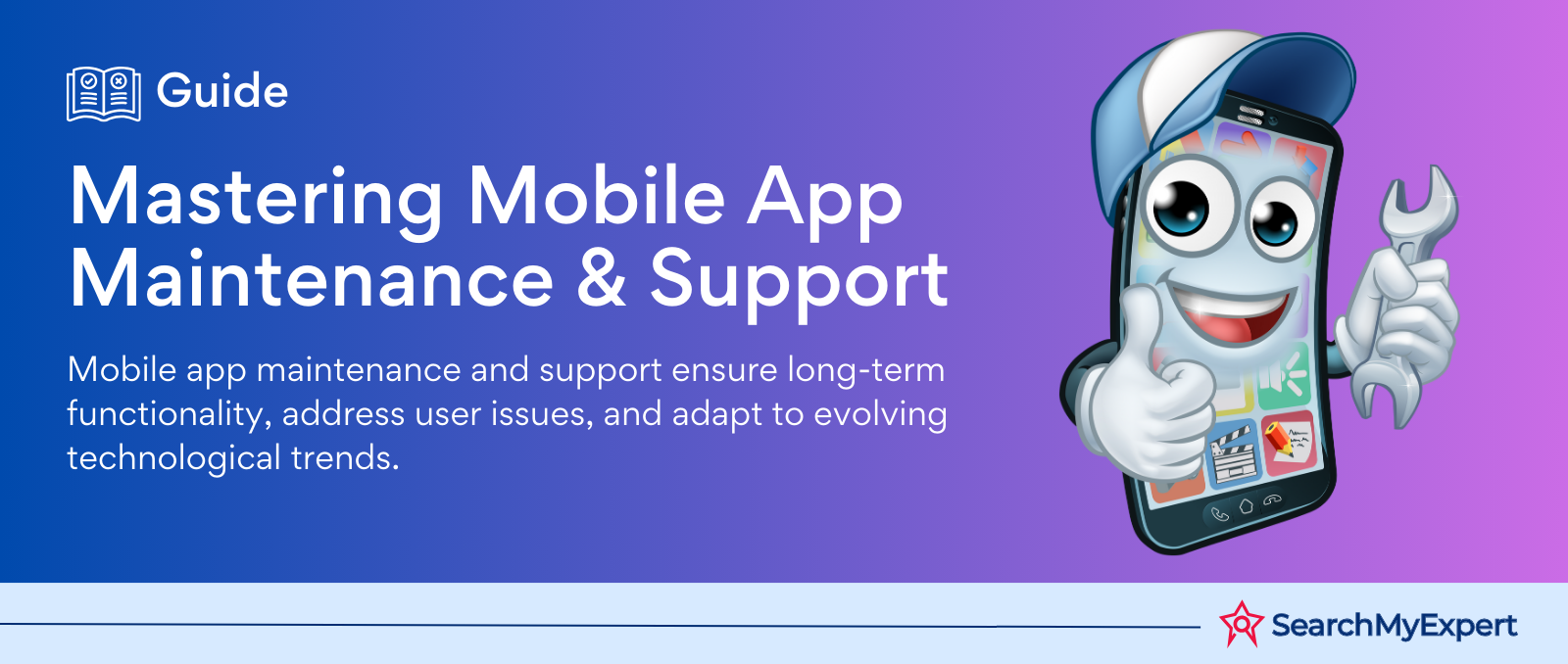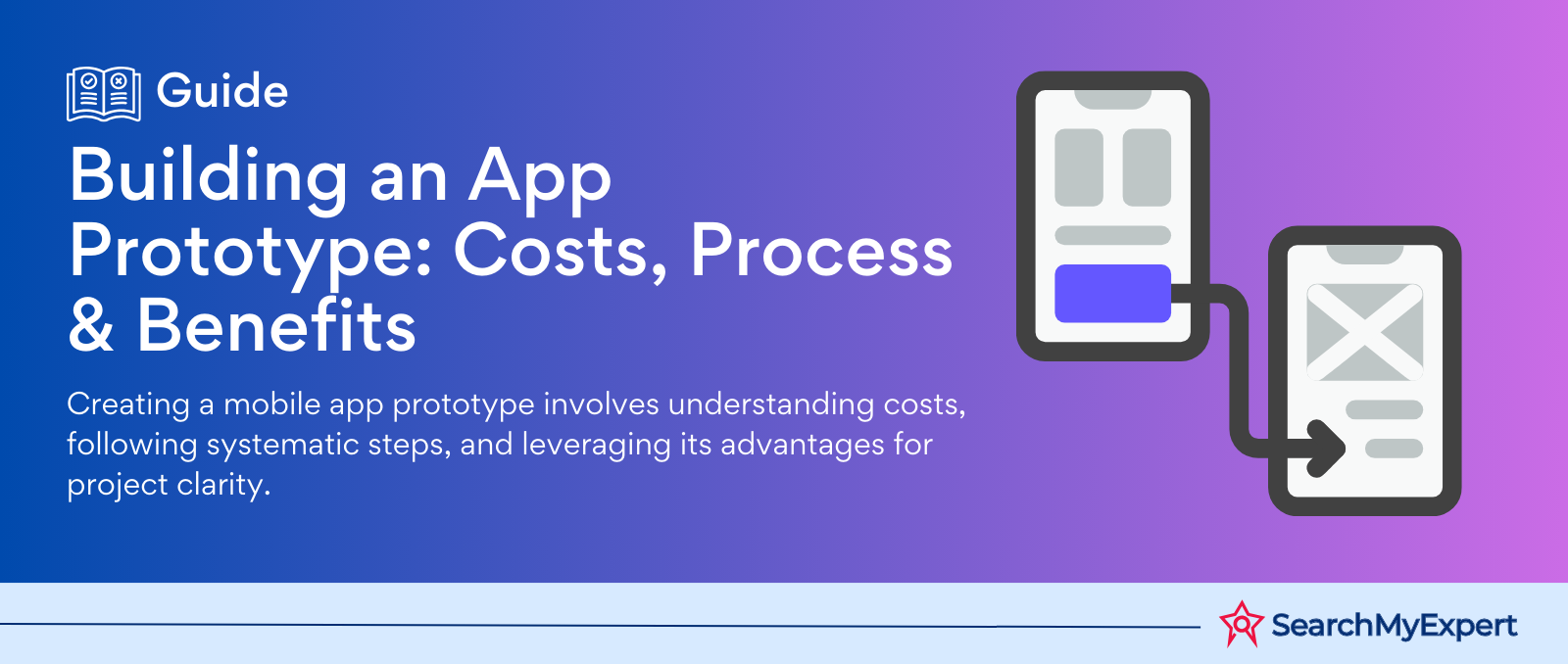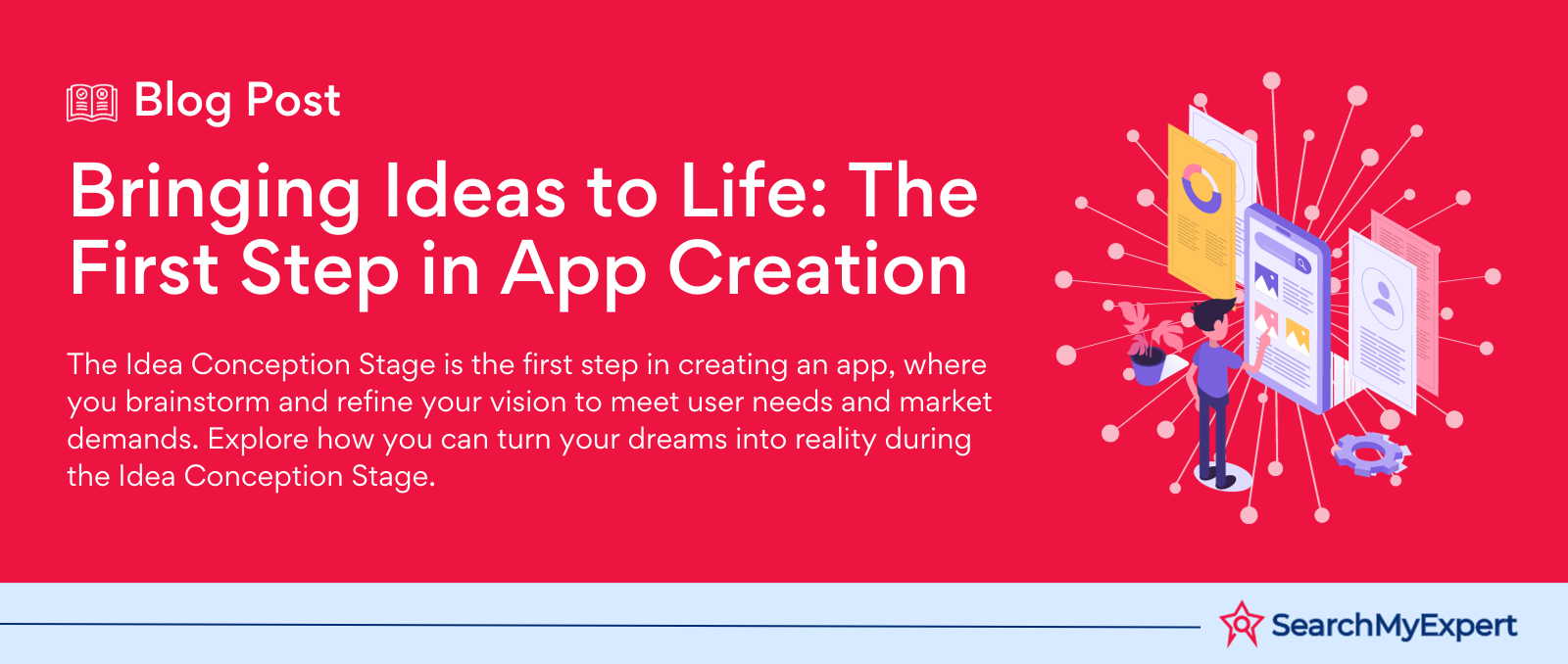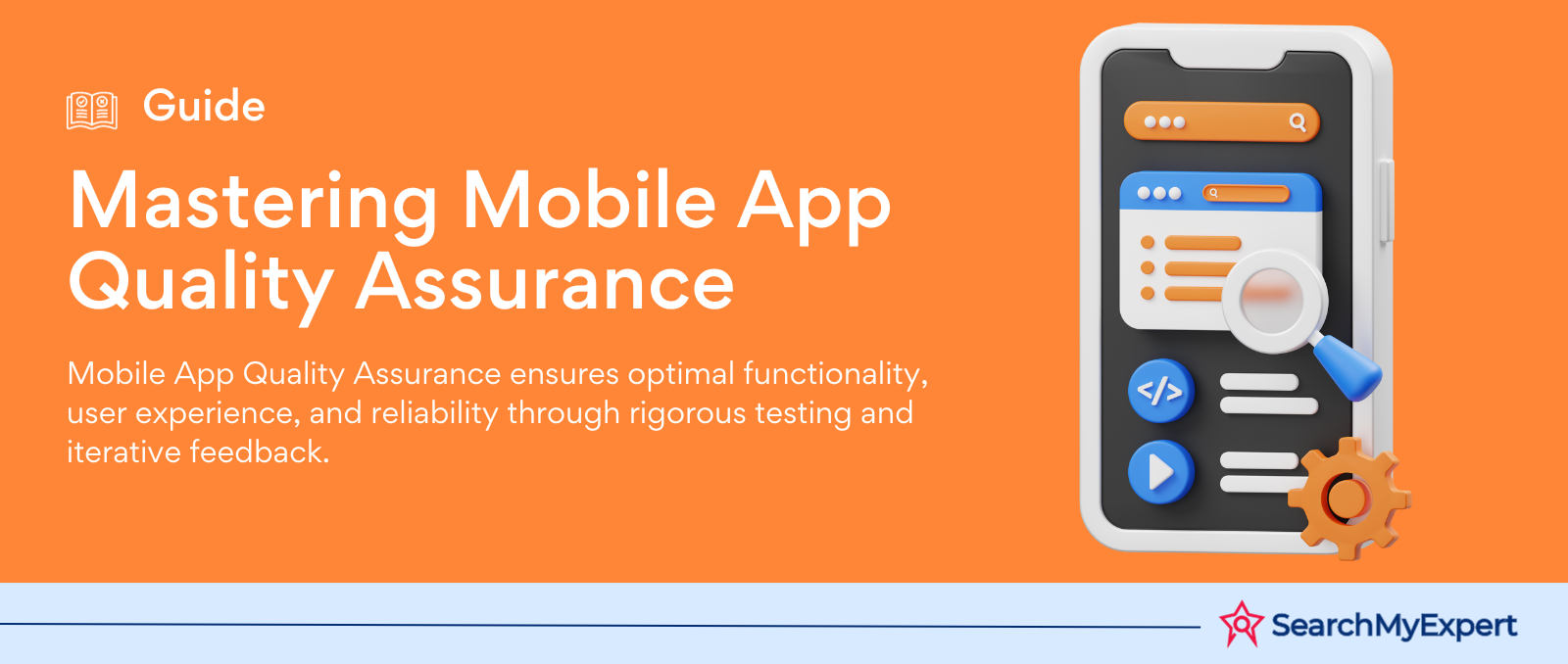Hey there, awesome visitor! 👋 Our website is currently undergoing some nifty upgrades to serve you even better. But don't worry, we'll be back before you can say "SearchMyExpert rocks!"
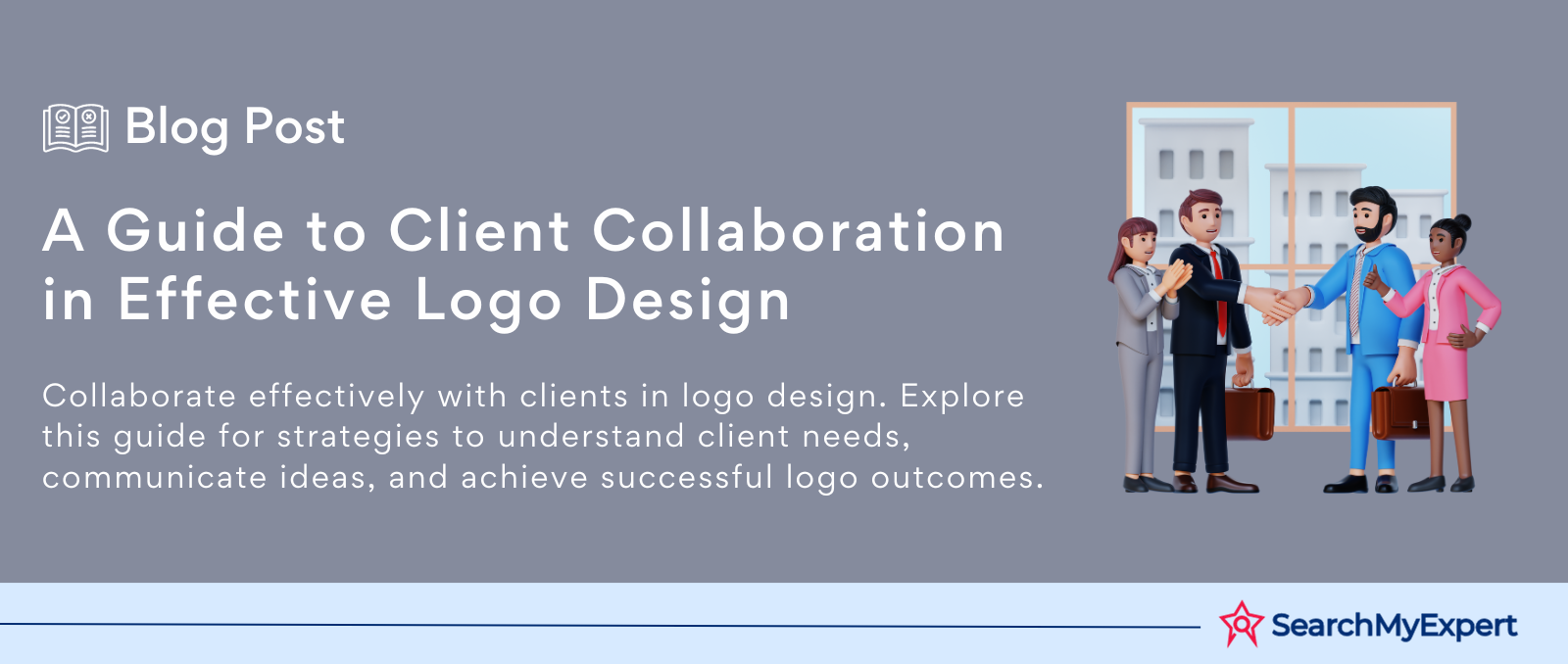
Working with Logo Design Clients
The Essence of Logo Design
The art of logo design transcends mere aesthetics; it is a critical tool for brand identity and storytelling. When a designer and client embark on the journey of creating a logo, they are essentially shaping the visual cornerstone of a brand's identity.
Importance of Effective Collaboration
In this symbiotic relationship, success hinges on the designer's ability to translate the client's vision into a visual form. Effective collaboration, marked by clear communication and mutual understanding, becomes the bedrock of this creative process.
Building a Successful Partnership
The client-designer partnership in logo design is a nuanced dance of ideas, expectations, and artistic expression. It’s a journey that requires empathy, patience, and a keen understanding of the brand's ethos.
The Goal of This Guide
This comprehensive guide aims to delve into the various facets of working with logo design clients, offering insights and strategies to navigate this collaboration successfully. From understanding the client's brand to maintaining a long-term relationship post-project, each step offers a deep dive into the intricate process of creating a logo that not only resonates with the audience but also stands as a testament to the brand's unique identity.
Understanding the Client's Brand and Vision
Delving into the Brand's Core
The process of logo design begins with a deep dive into the brand’s identity. This involves understanding the brand's history, values, target audience, and market position. A thorough understanding forms the foundation upon which a meaningful and effective logo is built.
Researching the Brand
Research is key. It includes reviewing the brand’s existing materials, understanding its products or services, and grasping its market presence. This research helps in aligning the logo with the brand’s overall identity.
Client Interviews and Questionnaires
Direct communication with the client through interviews or questionnaires is invaluable. This interaction provides insights into the brand’s vision, mission, and future goals, which are crucial for the logo’s alignment with the brand's trajectory.
Vision for the Logo
Once the essence of the brand is clear, the next step is to understand the client’s vision for the logo. This vision might be abstract or concrete, but it’s the designer's task to distill this vision into a visual language.
Interpreting the Vision
The designer’s role involves interpreting the client's ideas and expectations, which may include preferred colors, symbols, or styles. This interpretation requires balancing creativity with the practical aspects of logo design.
Market Trends and Competitor Analysis
Understanding current market trends and conducting a competitor analysis is also vital. This ensures the logo not only resonates with the target audience but also stands out in the competitive landscape.
Collaborative Brainstorming
Engaging in a collaborative brainstorming session with the client can further refine the vision. This process helps in generating a range of ideas and narrowing down the concepts that best represent the brand.
Mood Boards and Inspiration
Creating mood boards and sharing inspirational designs can aid in visualizing the potential directions for the logo. This is a tangible way to ensure the client's vision is accurately captured.
Finalizing the Vision
The culmination of this step is a clear, well-defined vision for the logo. This vision serves as a guideline for the next phases of the logo design process.
Documenting the Vision
Documenting this vision in a creative brief ensures that both client and designer have a shared understanding of the direction and goals for the logo. This document acts as a reference point throughout the design process.
Effective Communication Strategies
Establishing a Foundation of Open Dialogue
Effective communication is the lifeline of a successful logo design project. It starts with establishing a relationship based on trust, openness, and mutual respect.
Choosing the Right Communication Channels
Selecting the appropriate channels for communication is crucial. Whether it’s emails, phone calls, video conferences, or face-to-face meetings, the choice should cater to the comfort and availability of both the client and the designer.
Setting Communication Expectations
Early in the project, set clear expectations about the frequency and mode of communication. This helps in maintaining a structured and efficient dialogue throughout the project.
Active Listening and Interpretation
A significant part of effective communication is active listening. It's not just about hearing the client's words but understanding their underlying needs and expectations.
Asking the Right Questions
Asking insightful questions can clarify the client's vision and expectations. This involves not just queries about aesthetic preferences but also about the brand's values, target audience, and market position.
Paraphrasing and Summarizing
Regularly paraphrasing and summarizing the client's input helps in ensuring that both parties are aligned in their understanding. This practice can prevent misinterpretations and guide the project smoothly.
Transparent and Honest Feedback
An open channel for feedback, both from the client and the designer, is essential. Honest and constructive feedback helps in refining the logo to better meet the client’s needs.
Encouraging Client Participation
Encourage clients to be actively involved in the design process. Their participation can provide valuable insights and foster a sense of ownership in the final design.
Handling Feedback Professionally
Receiving feedback, especially if it's critical, is an art. Responding professionally and using it as a tool for improvement is key to the project’s success.
Regular Updates and Progress Reports
Keeping the client informed about the progress of the project builds trust and keeps them engaged in the process.
Scheduled Updates
Establishing a schedule for regular updates ensures that the client is aware of the ongoing work and any challenges encountered. It also provides opportunities for timely feedback and course corrections.
Visual Presentations
Using visual aids like sketches, digital drafts, or mood boards during updates can help the client better understand the design direction and progress.
Navigating Challenges in Communication
In every project, there are potential challenges in communication. Being prepared to handle misunderstandings, differing opinions, and other communication hurdles is crucial.
Conflict Resolution
Develop strategies for conflict resolution that focus on finding common ground and solutions that align with the project’s objectives.
Flexibility and Adaptability
Be flexible and adaptable in communication styles to suit the needs of the project and the client. This adaptability can turn challenges into opportunities for creative solutions.
Concept Development and Presentation
Understanding the Creative Process
Developing a logo concept is a journey from abstract ideas to concrete visuals. It's a process that blends creativity with strategic thinking, tailored to embody the client's brand identity and vision.
Research and Inspiration
Begin with thorough research and gathering inspiration. This can involve studying industry trends, analyzing successful logos, and exploring various design styles. Inspiration can come from a wide array of sources, contributing to a unique and innovative design approach.
Brainstorming and Sketching
Brainstorming sessions, followed by sketching, are crucial in the early stages. These sketches form the initial representations of ideas and concepts, providing a visual starting point for further development.
Refining Concepts
Once the initial ideas are sketched out, the next step is refining these concepts. This involves evaluating each idea for its effectiveness in representing the brand, its scalability, and its impact.
Digital Prototyping
Transforming sketches into digital prototypes gives a clearer view of how the logo will look in real-world applications. This step often involves using design software to create cleaner, more precise versions of the logo.
Color and Typography Selection
Selecting the right color palette and typography is essential. Colors and fonts play a significant role in conveying the brand's personality and ensuring the logo's versatility across various mediums.
The Presentation to the Client
Presenting the concepts to the client is a critical phase. This is where the designer showcases their creativity and how well they've understood the client's brief.
Preparing the Presentation
Preparation for this presentation involves not just showcasing the logo but also explaining the rationale behind each design decision. This can include the choice of colors, typefaces, and the overall design approach.
Storytelling Through Design
Use storytelling to walk the client through the design process. Explain how each element of the logo connects to the brand's identity and vision. A well-articulated story can make the concepts more relatable and compelling.
Gathering Initial Feedback
After the presentation, gather initial feedback from the client. This is an opportunity to understand their first impressions and any immediate concerns or preferences they might have.
Open Discussion
Engage in an open discussion with the client. Encourage them to share their thoughts and feelings about each concept. This dialogue can provide valuable insights for further refinement.
Adjusting to Feedback
Be prepared to adjust the concepts based on the feedback. Sometimes, this might require going back to the drawing board, while other times, it might involve minor tweaks.
Moving Forward
After the presentation and initial feedback, the next step is deciding on the direction to proceed. This could involve selecting one concept to refine further or combining elements from multiple concepts.
Setting the Course
Together with the client, set the course for the next steps. This might include setting deadlines for revised concepts or planning for additional brainstorming sessions.
Receiving and Implementing Feedback
The Role of Feedback in Logo Design
Feedback is a critical component of the logo design process. It’s a tool for refinement and improvement, ensuring that the final logo aligns with the client's vision and objectives.
Embracing Constructive Criticism
Constructive criticism, when approached with an open mind, can lead to significant improvements in the design. It's important to view feedback not as a setback but as an opportunity to enhance the logo's effectiveness.
Understanding Client Feedback
The key to effectively implementing feedback lies in understanding the client's perspective. This involves actively listening to their concerns and interpreting their suggestions in the context of design principles and brand objectives.
Strategies for Handling Feedback
Navigating feedback requires a blend of diplomacy, clarity, and flexibility. The goal is to address the client's concerns while maintaining the integrity and purpose of the design.
Clarifying Ambiguities
When feedback is unclear or ambiguous, seek clarification. Asking specific questions can help in pinpointing the exact areas needing revision and prevents unnecessary iterations.
Prioritizing Feedback
Not all feedback will be equally relevant or feasible. Prioritize changes based on their impact on the overall design and the brand's messaging. This prioritization helps in managing revisions effectively.
Implementing Changes
Once the feedback is understood and prioritized, the next step is to implement the changes. This phase requires a balance between adhering to professional design standards and accommodating the client's preferences.
Iterative Design Process
Implementing feedback is often an iterative process. It might take several rounds of revisions to arrive at a design that satisfies both the designer and the client. Patience and persistence are key in this phase.
Showcasing Revisions
Present the revised designs to the client, clearly outlining how their feedback has been incorporated. This not only shows that their input is valued but also helps in guiding them through the evolution of the design.
Managing Differing Opinions
There may be instances where the designer's professional opinion differs from the client's feedback. Handling these situations tactfully is crucial.
Educating the Client
In such cases, educate the client about design principles and best practices. Explain why certain elements are essential for the logo’s effectiveness and longevity.
Finding Middle Ground
Aim to find a middle ground that satisfies the client's wishes without compromising the design's quality and purpose.
Finalizing the Design
Once the feedback is thoroughly addressed and the revisions are made, the design moves closer to finalization. This stage involves refining the logo to its final form, ensuring it meets all the set criteria.
Approval and Sign-Off
Seek the client's final approval and sign-off on the design. This marks the completion of the main creative phase and the transition to finalizing the logo for practical use.
Finalizing the Logo Design
Reaching the Final Design
The journey towards finalizing a logo is a culmination of creativity, client feedback, and meticulous refinement. This stage is about polishing the design and preparing it for its role as the face of the brand.
Detailing and Refinement
Fine-tuning the details of the logo is crucial. This includes perfecting color shades, ensuring typography is on point, and making sure the design is scalable and versatile across various mediums.
Consistency Checks
Consistency in design elements is key. Ensure that the logo maintains its integrity in different formats, sizes, and on various platforms. This is crucial for brand recognition.
Preparing for Different Uses
A logo will be used in various contexts – online, in print, large-scale, and small-scale. Preparing the logo to be adaptable in all these situations is essential.
Creating Different Formats
Generate the logo in various file formats (e.g., PNG, SVG, EPS) to accommodate different uses. This includes both colored and monochrome versions.
Usage Guidelines
Develop a set of guidelines that dictate how the logo should be used. This can include color palettes, spacing, and acceptable variations. These guidelines help maintain consistency in the brand's visual representation.
Client Approval and Final Sign-Off
Before the logo is officially finalized, obtaining the client's final approval is imperative. This is the last checkpoint for any adjustments or revisions.
Presentation of the Final Design
Present the final design to the client, showcasing its versatility and how it aligns with their initial vision and brand identity. This presentation is the final pitch of your creative work.
Addressing Last-Minute Concerns
Be prepared to address any last-minute concerns or questions from the client. Ensuring they are completely satisfied with the final design is crucial for a successful project closure.
Delivering the Final Files
Once the design is approved, the next step is delivering all the relevant files to the client. This includes not just the logo files but also any accompanying documentation like usage guidelines.
Organized File Delivery
Ensure that all files are organized and labeled clearly. Providing a brief explanation of each file type and its best use can be helpful for clients who are not design-savvy.
Ensuring Accessibility
Make sure the client has easy access to all the files. This might involve using cloud storage or digital transfer services, ensuring the client can download and use their logo immediately.
Post-Delivery Support
Offering support after the delivery of the logo can enhance client satisfaction and foster a lasting professional relationship.
Answering Post-Delivery Queries
Be available to answer any questions or provide assistance with the logo’s implementation post-delivery. This can include helping with file conversions or giving advice on best usage practices.
Additional Design Services
Sometimes, the completion of a logo leads to further branding needs like business cards, letterheads, or marketing materials. Be open to discussing these additional services.
Post-Project Support and Relationship Maintenance
The Value of Ongoing Support
The completion of a logo design project marks a significant milestone, but the relationship between the client and the designer doesn't end there. Post-project support is vital for ensuring the logo's successful implementation and maintaining a positive, ongoing relationship.
Providing Post-Delivery Assistance
Offering assistance with any issues or queries related to the logo after delivery is crucial. This might include helping with file formats, reproduction questions, or any unforeseen challenges.
Ensuring Brand Consistency
Assist the client in maintaining brand consistency as they start using the logo. This can involve periodic check-ins or offering guidance on applying the logo in various contexts.
Fostering Long-Term Relationships
Building long-term relationships with clients can lead to future projects and referrals. A satisfied client is the best advocate for your services.
Follow-Ups and Check-Ins
Periodic follow-ups or check-ins can show the client that you value the relationship beyond the project. These interactions keep you in the client's mind for future design needs.
Providing Additional Value
Offer insights, tips, or resources that might benefit the client's branding efforts. This approach positions you not just as a service provider but as a valuable partner in their branding journey.
Expanding Your Services
Post-project interactions are also opportunities to discuss additional design needs. This could involve collateral designs, website design, or other branding elements.
Identifying Further Needs
Be attentive to opportunities where you can offer additional design services that complement the logo and enhance the client's overall brand identity.
Proposing New Projects
When appropriate, propose new projects or extensions of the current project that can further elevate the client's brand.
Building a Referral Network
Satisfied clients are likely to recommend your services to others. Cultivating a network of referrals can significantly expand your client base.
Encouraging Referrals
Encourage clients to refer your services to others. Sometimes, a simple request or reminder can prompt clients to pass your name along.
Leveraging Testimonials
Ask for testimonials or reviews from satisfied clients. These can be powerful tools for attracting new clients and building credibility.
Continuous Learning and Improvement
Use the experience gained from each project to refine your skills and services. Continuous learning and adaptation are key to staying relevant and effective in the dynamic field of logo design.
Reflecting on Feedback
Reflect on the feedback received throughout the project. Use this as a learning opportunity to enhance your approach and methodologies in future projects.
Keeping Up with Industry Trends
Stay updated with the latest design trends, tools, and techniques. This ensures that your services remain competitive and innovative.
Conclusion
Post-project support and relationship maintenance are critical for building a sustainable and successful design practice. By providing ongoing support, fostering long-term relationships, expanding services, building a referral network, and continuously learning, you not only ensure the success of your projects but also pave the way for future opportunities and growth.
Navigate the design process with skilled Logo Design Agencies.
Other Related Blogs
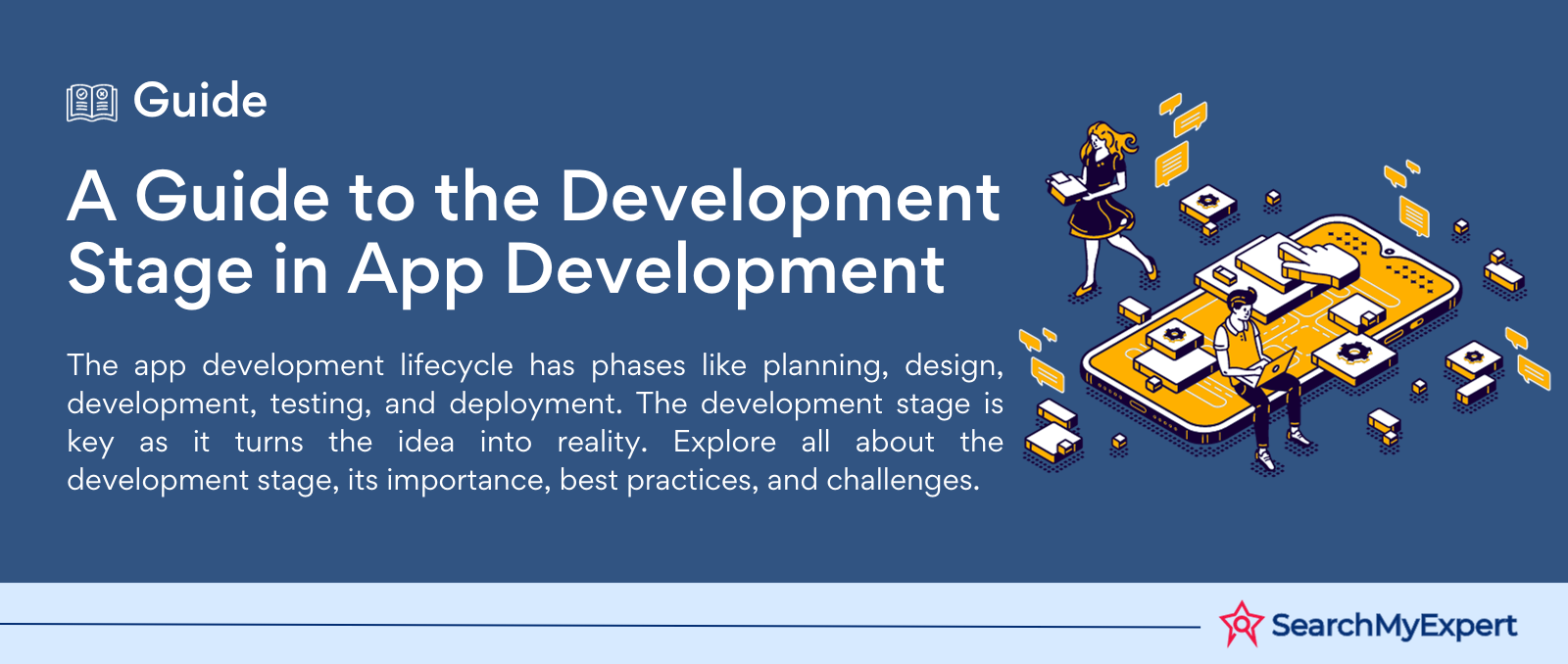

Mastering Docker for App Development: A Comprehensive Guide to Benefits, Use-Cases, and Alternatives

STAY UP TO DATE
GET PATH'S LATEST
Receive bi-weekly updates from the SME, and get a heads up on upcoming events.
Contact Us
We will get back to you as soon as possible.
Please try again later.


Find The Right Agencies
SearchMyExpert is a B2B Marketplace for finding agencies. We help you to describe your needs, meet verified agencies, and hire the best one.
Get In Touch
WZ-113, 1st Floor, Opp. Metro Pillar No- 483, Subhash Nagar - New Delhi 110018
About Us
For Agencies
Benefits Of Listing With Us
Submit An Agency
Agency Selection Criteria
Sponsorship
For Businesses
Agencies Categories
Trends Articles
FAQs
Find The Right Agencies
SearchMyExpert is a B2B Marketplace for finding agencies. We help you to describe your needs, meet verified agencies, and hire the best one.
About Us
For Agencies
List Your Agency
Benefits Of Listing
Agency Selection Criteria
Sponsorship
Get In Touch
WZ-113, 1st Floor, Opp. Metro Pillar No- 483, Subhash Nagar - New Delhi 110018
contact@searchmyexpert.com
Copyright © 2023 · Skillpod Private Limited · All Rights Reserved - Terms of Use - Privacy Policy


